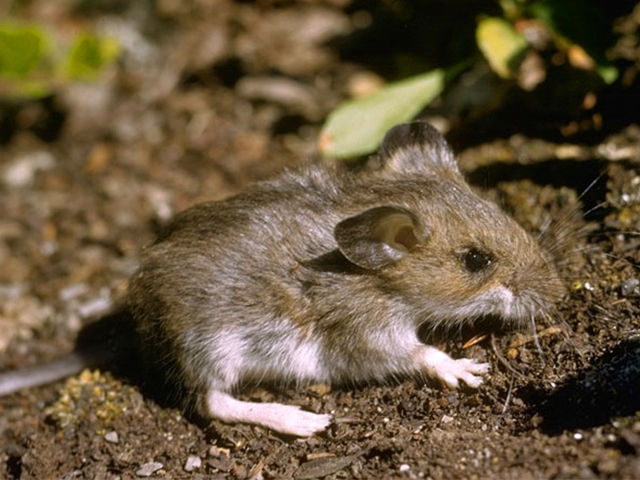
Muroidea
We are investigating the diversification of the muroid rodents, one of the largest and most successful groups of mammals.
Some of our primary projects

We are investigating the diversification of the muroid rodents, one of the largest and most successful groups of mammals.
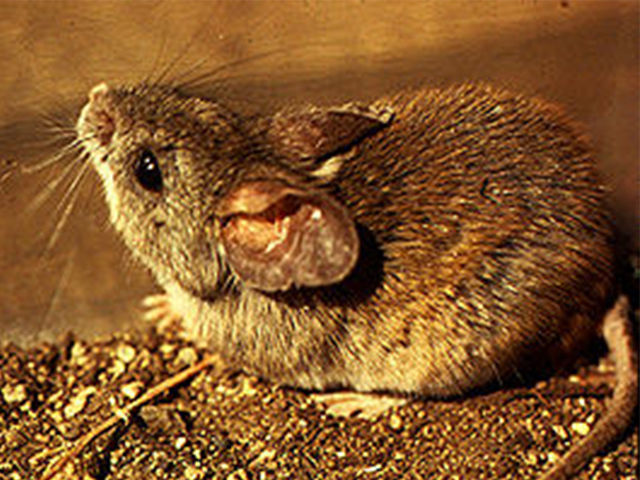
We continue to explore the DNA-based phylogenetics, phylogeography, and morphological systematics of Phyllotis, the leaf-eared mice of the Andes.
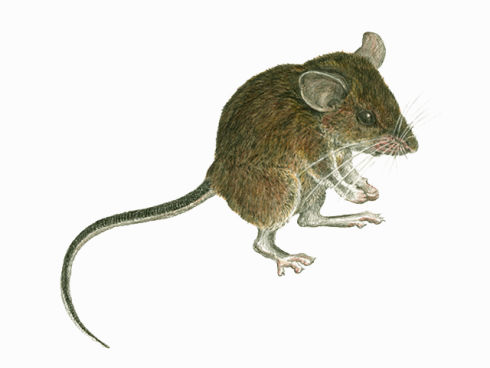
We are working to reveal the complex systematics and biogeography of Apomys, a large genus of forest mice in the Philippines.
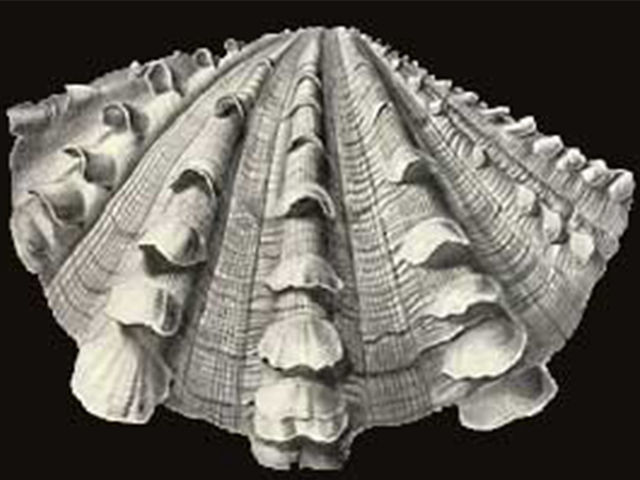
We are developing bivalves (clams and their relatives) as a model system for macrovolutionary studies.
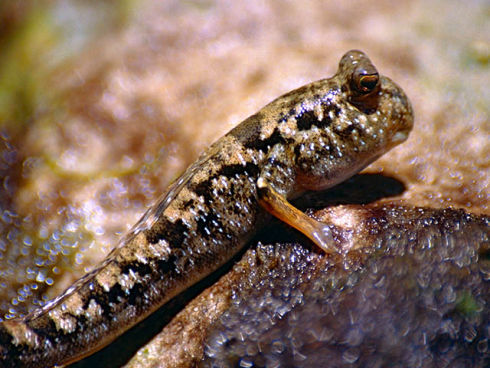
Mudskippers are a living clade of amphibious fish that we are using as a model system to explore the morphological and bio-mechanical adaptations to the changing stresses of living above water. This system will be used as a proxy to understand the selective stresses that occured during the tetrapod transition from water to land over 400 million years ago.
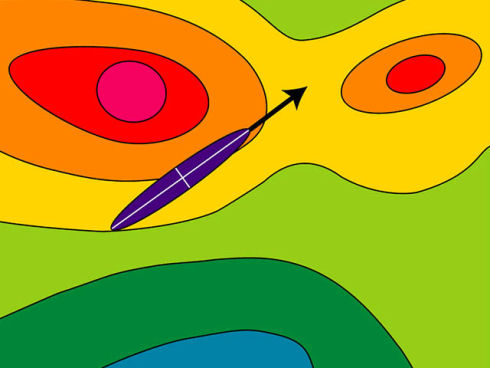
The heritable component of covarying organismal traits may direct the evolutionary trajectories of lineages, making some morphologies easier to evolve, and others difficult. To what extent is this true? And, to what extent are the genetic covariances themselves able to evolve?
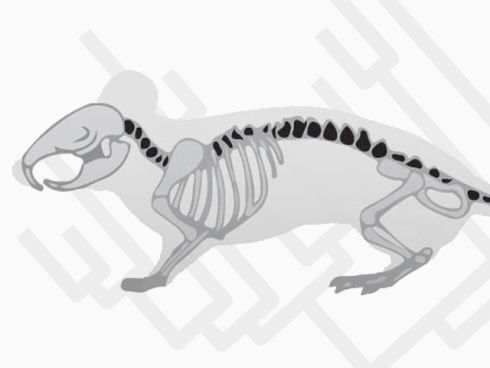
The vertebral column is, literally, central to the body plan of vertebrates and yet few comparative studies of its evolution have been conducted. We are exploring this through detailed surveys including hundreds of rodent species, modern phylogenetic comparative methods, and quantitative genetics.
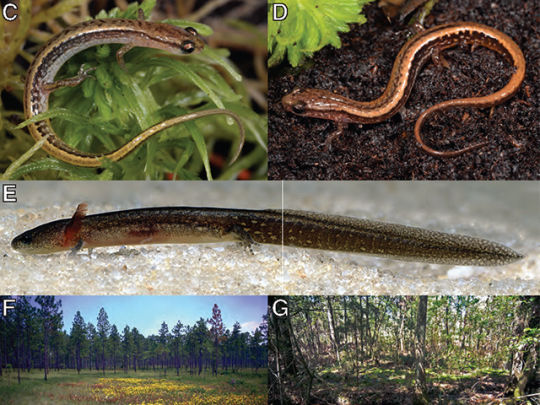
Other projects on systematics, phylogenetics, and morphometrics taken on by students in the lab have covered a diversity of species including: dwarf salamanders, echinoderms, carnivores, marsupials, and plants.
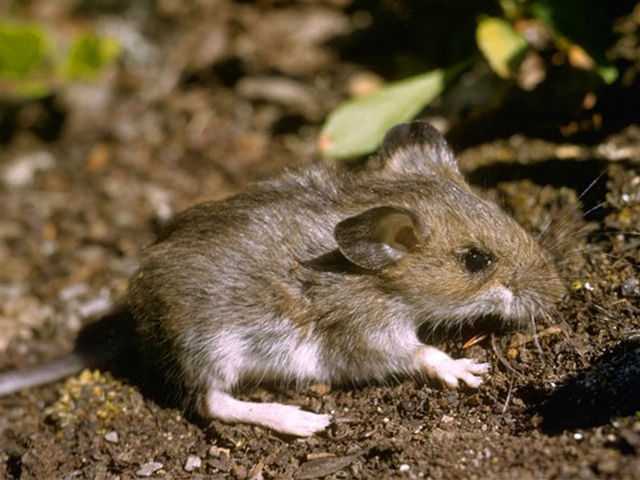
We have been using DNA sequence data from multiple nuclear and mitochondrial genes to estimate the phylogeny of this group, culminating in over 900 species (Steppan & Schenk, 2017 PLoSOne). These phylogenies are being used to explore the history of diversification in this group, both taxonomic and morphological, using muroids as a model of diversification.
Of particular interest are two of the most diverse lineages, the sigmodontine mice of South America and the murines of Australian and New Guinea. Our current NSF grant is to explore the adaptive radiation of the Sigmodontinae using phylogenomics, post-cranial morphology, and comparative quantitative genetics. In addition, two genera of muroids have been the subject of detailed studies on phylogeography and speciation, the leaf-eared mice Phyllotis of the Andes and the Philippine forest mice Apomys.
Much of the past work was in collaboration with Ronald Adkins at Univ. Tenn., Memphis (now NIH), Kevin Rowe, Museum Victoria, Australia, and John Schenk, Georgia Southern University.
I am an undergraduate on the pre-veterinary track, majoring in biological sciences. I am creating and analyzing the phylogeny of Phyllotis, a genus of South American mice by gathering molecular data for the RAG1 and Cytb genes. I will be sequencing samples from 300 individuals belonging to 8 species, mostly of P. xanthopygus, to reconstruct their evolutionary history in a geographic context throughout the Andes.
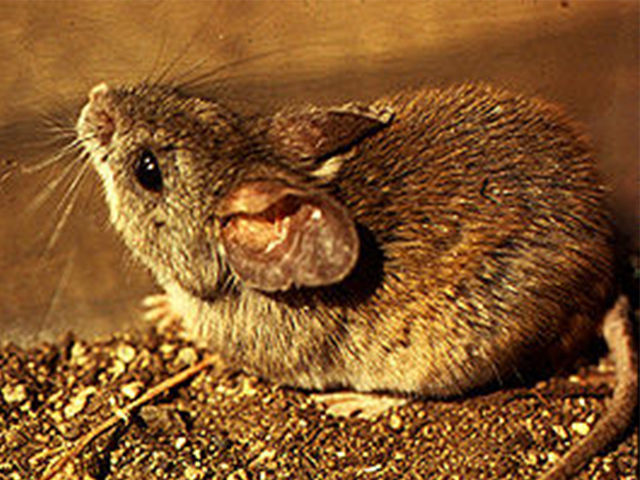
We continue exploring the systematics and evolution of the leaf-eared mice of the Andes.
The leaf-eared mice Phyllotis live throughout the Andes and nearby xeric regions and are often the most abundant mammals within their range.
We are expanding our systematic studies of the DNA-based phylogenetics, phylogeography, and morphological systematics.
I am an undergraduate on the pre-veterinary track, majoring in biological sciences. I am creating and analyzing the phylogeny of Phyllotis, a genus of South American mice by gathering molecular data for the RAG1 and Cytb genes. I will be sequencing samples from 300 individuals belonging to 8 species, mostly of P. xanthopygus, to reconstruct their evolutionary history in a geographic context throughout the Andes.

As part of a long-running collaboration with Lawrence Heaney of the Field Museum and the Univ. of Chicago, we are working to reveal the complex systematics and biogeography of this large genus of forest mice in the Philippines.
Our past work on the morphology and DNA of Apomys resulted in the discovery of at least 16 new species, while also revealing that the Philippine Islands have the highest density of mammal species in the world.
I am an undergraduate on the pre-veterinary track, majoring in biological sciences. I am creating and analyzing the phylogeny of Phyllotis, a genus of South American mice by gathering molecular data for the RAG1 and Cytb genes. I will be sequencing samples from 300 individuals belonging to 8 species, mostly of P. xanthopygus, to reconstruct their evolutionary history in a geographic context throughout the Andes.
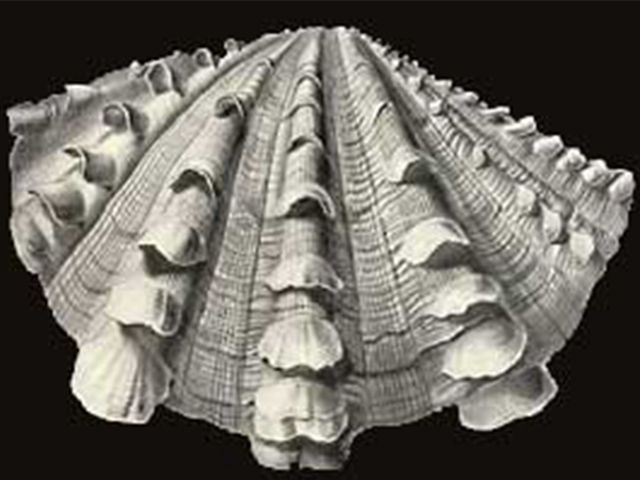
We are developing bivalves as a model system for macroevolutionary studies in conjunction with Dave Jablonski (Univ. Chicago), Rüdiger Bieler (Field Museum), John Huelsenbeck (UC Berkeley), Paula Mikkelsen (Paleontological Research Institution), and Jan Johan ter Poorten (Zoological Museum, Univ. Amsterdam).
Collectively, we are producing a combined molecular and morphological phylogeny of extant and many extinct species to test methods of ancestral state reconstruction, molecular clock dating, and biogeographic reconstruction, and models of spatial diversification.
Our lab’s contribution is overall coordination, and working with the molecular data.
I am an undergraduate on the pre-veterinary track, majoring in biological sciences. I am creating and analyzing the phylogeny of Phyllotis, a genus of South American mice by gathering molecular data for the RAG1 and Cytb genes. I will be sequencing samples from 300 individuals belonging to 8 species, mostly of P. xanthopygus, to reconstruct their evolutionary history in a geographic context throughout the Andes.

Tetrapods first evolved to conquer the land over 400 million years ago, but there are few fossils from that transition and no living organisms to see how they functioned.
In collaboration with Greg Erickson (FSU) and Paul Gignac (Oklahoma State Univ.) we are using the diverse living clade of mudskippers as a model system to explore the morphology and biomechanical adaptations to changing stresses of living above water.
I am an undergraduate on the pre-veterinary track, majoring in biological sciences. I am creating and analyzing the phylogeny of Phyllotis, a genus of South American mice by gathering molecular data for the RAG1 and Cytb genes. I will be sequencing samples from 300 individuals belonging to 8 species, mostly of P. xanthopygus, to reconstruct their evolutionary history in a geographic context throughout the Andes.

The heritable component of how traits in an organism covary are predicted to help direct the long-term evolutionary trajectories of lineages, making some morphologies easy to evolve, others difficult.
To what extent is this true? And, to what extent do the genetic covariances themselves evolve?
A core aspect of my research program is to unify, in part, the disparate fields of quantitative genetics and macroevolution, via phylogenetic comparative analysis of these quantitative genetic components.
I am an undergraduate on the pre-veterinary track, majoring in biological sciences. I am creating and analyzing the phylogeny of Phyllotis, a genus of South American mice by gathering molecular data for the RAG1 and Cytb genes. I will be sequencing samples from 300 individuals belonging to 8 species, mostly of P. xanthopygus, to reconstruct their evolutionary history in a geographic context throughout the Andes.

The vertebral column is, literally, central to the body plan of vertebrates and yet few comparative studies of its evolution have been conducted.
We are exploring this through detailed surveys including hundreds of rodent species, modern phylogenetic comparative methods, and quantitative genetics.
I am an undergraduate on the pre-veterinary track, majoring in biological sciences. I am creating and analyzing the phylogeny of Phyllotis, a genus of South American mice by gathering molecular data for the RAG1 and Cytb genes. I will be sequencing samples from 300 individuals belonging to 8 species, mostly of P. xanthopygus, to reconstruct their evolutionary history in a geographic context throughout the Andes.

I have also participated on a variety of other projects through my students, including: systematics of dwarf salamanders Eurycea (Kenny Wray), phylogeography in echinoderms with Kathleen Torrence, new Bayesian Species distribution Modeling methods with John Humphreys, carnivore phylogenetics and morphological specialization with Jill Holliday, constraints on marsupial evolution with Jim Cooper, and plant phylogentics (Commelinaceae) with Jean Burns.
I am an undergraduate on the pre-veterinary track, majoring in biological sciences. I am creating and analyzing the phylogeny of Phyllotis, a genus of South American mice by gathering molecular data for the RAG1 and Cytb genes. I will be sequencing samples from 300 individuals belonging to 8 species, mostly of P. xanthopygus, to reconstruct their evolutionary history in a geographic context throughout the Andes.